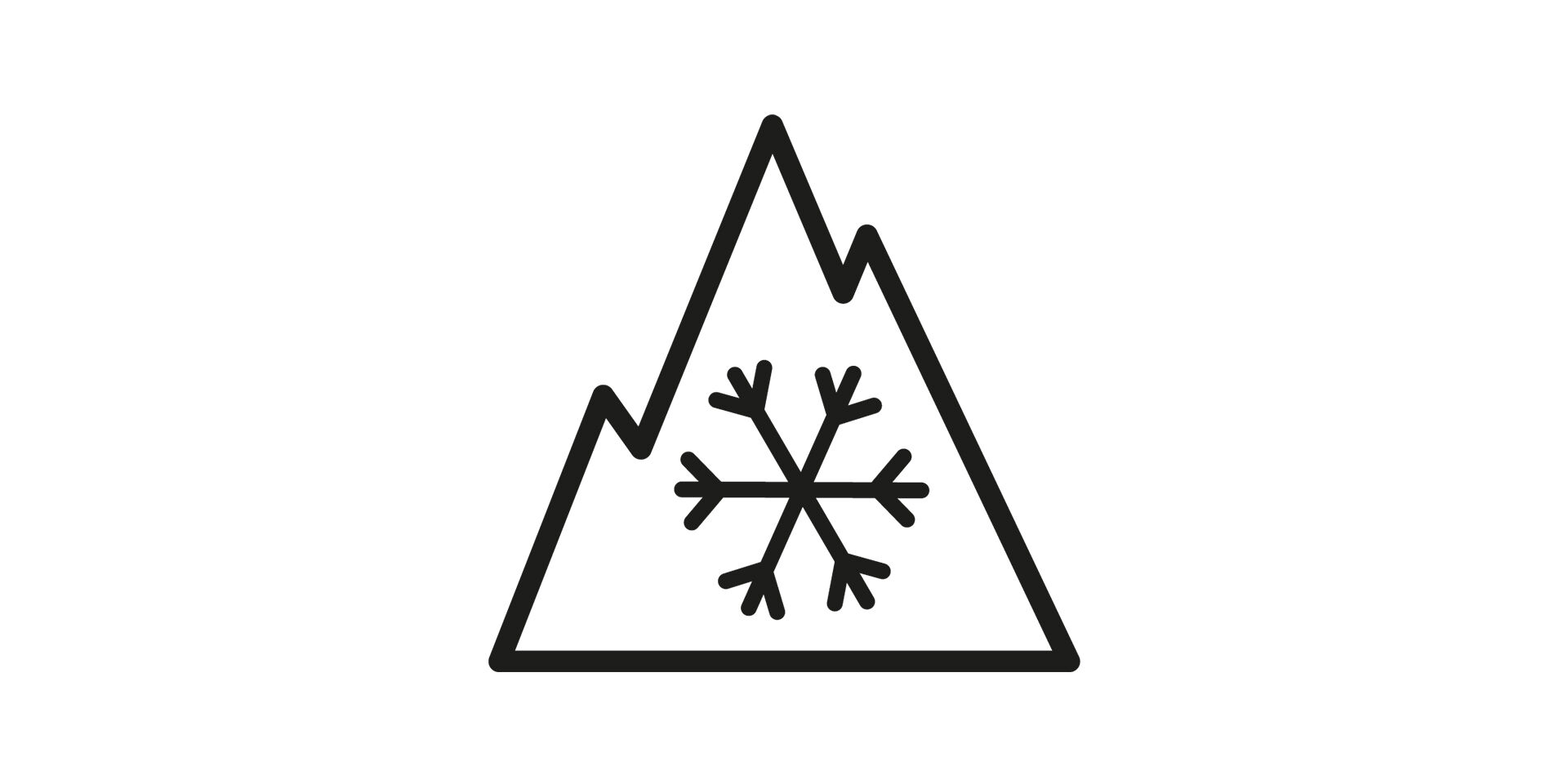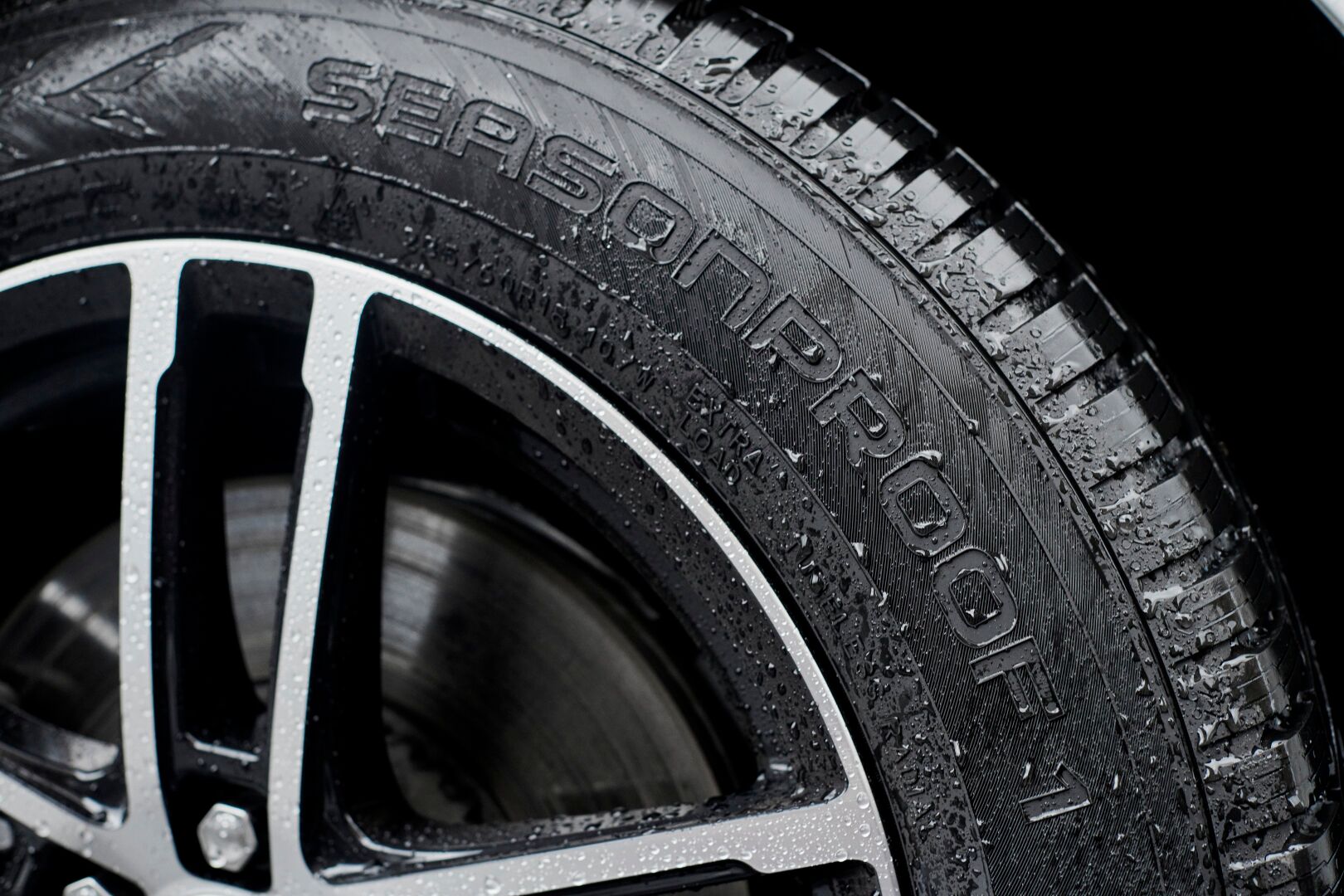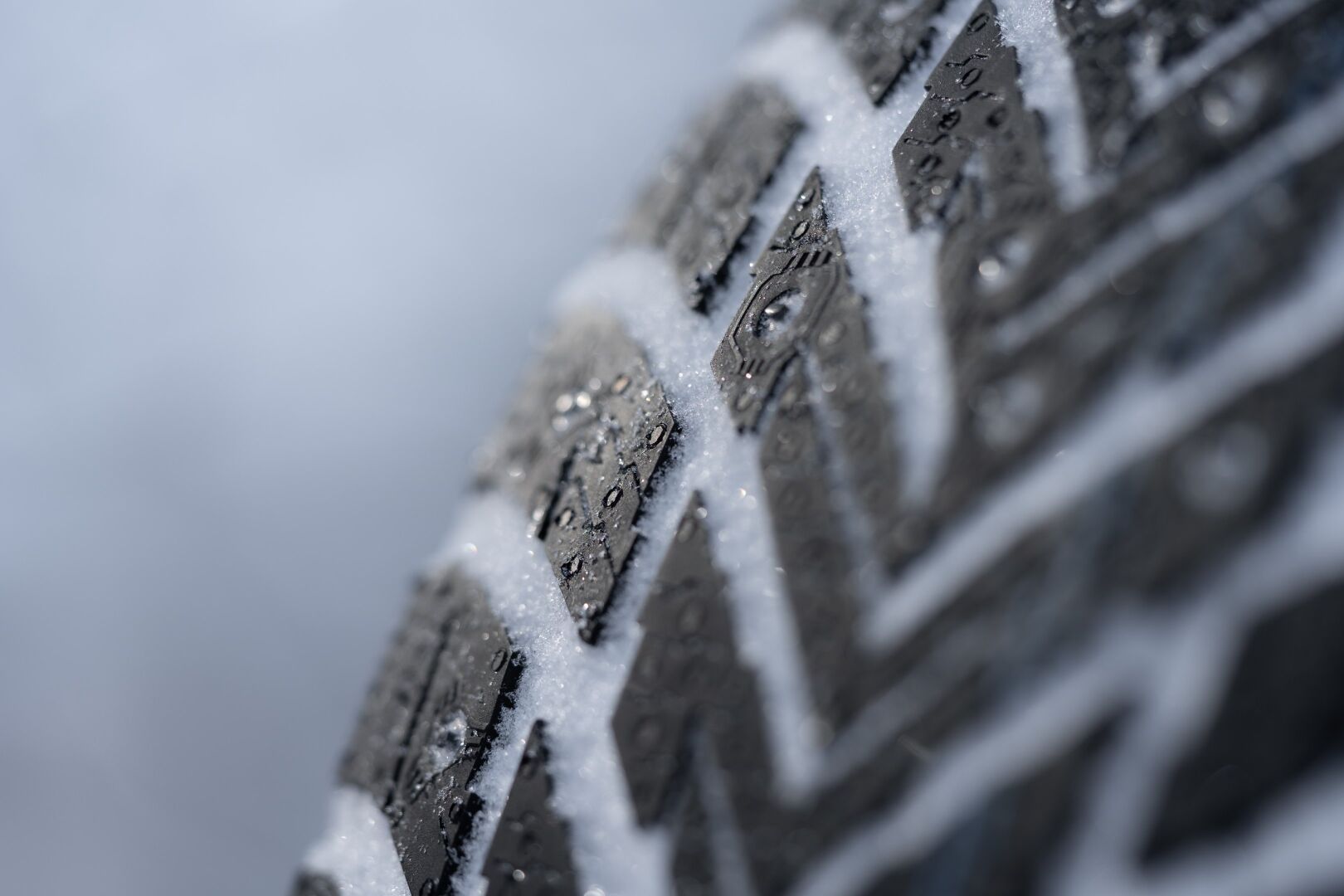Winter driving is safe when you have tires that fit your driving conditions. There are many options to choose from – how do you know which one is the right for you?
For many drivers, the problem isn’t wintry roads. The issue is that they don’t have a full understanding of what their tires are supposed to do. With the correct tires, winter driving can be a safe and enjoyable experience.
Nokian Tyres designs four kinds of tires for winter conditions: all-season and all-weather tires as well as non-studded and studded winter tires. These are not in all cases interchangeable but dedicated to specific needs and conditions.
Choosing the safest tires for winter depends mostly on your usual winter driving conditions. If you live in the harsh winter conditions of Scandinavia your needs will be different from the drivers in Central Europe’s milder winter climate, and there are differences between areas within North America too.
Snow-grip marking is the proof of winter safety
When you choose tires for winter driving, you should always check that the tire has the snow grip marking, also known as the three-peak mountain snowflake symbol. This means that the tire has been tested to be safe in winter conditions and acts as proof of safe winter performance. The Nokian Tyres all-season tires sold in Europe as well as all all-weather and winter tires feature this marking. It can be found on the tire’s sidewall and on information available online and at the dealership.

Snow-grip marking
Ice-grip marking is for tires designed for harsh winter conditions
If you live in an area with harsh winter conditions for several months a year, check the tire for the ice grip marking. Nokian Tyres winter tires designed for Scandinavia and North America feature this marking as proof that they have passed the international ice grip test method and bring safety to demanding winter driving conditions.

Ice-grip marking
All-season tires are the hassle-free option for mild winter
As the name suggests, the all-season tire is designed to work all year long. All-season tires are designed for hot and wet climates and conditions, such as Central Europe and southern areas of North America. In Central Europe, all-season tires need to pass the same winter grip test as winter tires, and thus feature the snow-grip marking as proof of winter safety. However, this does not mean that they are the safest solutions in all winter conditions – and it’s important to note that North American all-season tires do not carry the three-peak mountain snowflake symbol. In any region, all-season tires are not meant to be driven in harsh winter and work the safest in temperatures above 7 degrees Celsius or 45 degrees Fahrenheit.
Explore Nokian Tyres all-season tires

Nokian Tyres Seasonproof 1offers safety and convenience for every day of the year
All-weather tires are the unique winter solution for North American drivers
Designed for rain, slush and snow, all-weather tires are a true four-season solution for many parts of North America. They are the option for areas with unpredictable winter conditions that aren’t severe enough to necessitate dedicated winter tires. All-weather tires can be used year-round, but their rubber compounds remain flexible in winter conditions when temperatures dip below 7 degrees Celsius, or 45 degrees Fahrenheit, offering grip and safety. However, they are not meant for the demanding winter conditions of Northern Europe. Like all-season tires they also work in summer, bringing safety and performance to bare and hot roads.
Explore Nokian Tyres all-weather tires

Nokian Tyres Remedy WRG5 is designed for rain, snow and heat
Non-studded winter tires differ depending on the area they are designed for
When choosing non-studded winter tires, drivers need to take into consideration that they are designed differently according to the areas they are designed to be used.
Central European non-studded winter tires offer balanced performance on occasional snow. They are an excellent choice for the milder, rainier winter conditions of the continent. Central European non-studded winter tires often have excellent wet grip with a water-removing tire pattern, and they work great on slush as well as on wet and bare roads. In the Scandinavian countries, using a non-studded tire designed for milder European winter is not safe.
Nordic non-studded winter tires are designed for harsher winter with plenty of snow, ice and supercooled water on the roads. They handle bare main roads and snowy conditions excellently and are also capable on occasional ice. Their winter grip is based on numerous sipes built in an effective pattern as well as to the rubber compound designed to work in the cold weather. In addition to the snow-grip marking, Nordic non-studded winter tires have the ice-grip marking as proof of their excellent winter safety features. In addition to selling these tires in Northern Europe, Nokian Tyres also offers Nordic winter tires in North America.
Studded winter tires offer ultimate winter safety
Designed for slush, snow and ice, studded winter tires are the safest option for the harshest winter climates and conditions. They are designed for temperatures below 7 degrees Celsius with steel studs that are embedded in the tire’s tread. If you drive more on icy roads than on snowy ones in winter, studded tires are the choice for you. Modern Nokian Tyres studded winter tires are a combination of superior winter grip, driving comfort and eco-friendliness.
Explore Nokian Tyres studded winter tires

Nokian Tyres Hakkapeliitta 10 delivers ultimate safety
…and one more thing!
Summer tires are not safe in winter – or winter tires in the summer
It comes as no surprise that summer tires are not safe in winter conditions. Summer tires are designed to bring safety for summer driving conditions, such as driving in pouring rain, and their tread pattern or rubber compound do not give grip on snow or ice. Using summer tires in winter conditions is dangerous and even illegal is some countries.
Respectively, driving with non-studded winter tires in summer conditions is not recommendable either. Winter tires are not designed for rainy summer conditions, and their safety in heavy downpours will not match that of a summer tire. Their compound is softer to improve grip in winter but will wear out quicker on hot summer roads. This will also decrease their safety in winter. For drivers in areas where winter tires are not required and who want to avoid seasonal tire changes, all-season and all-weather tires are a good option.
























